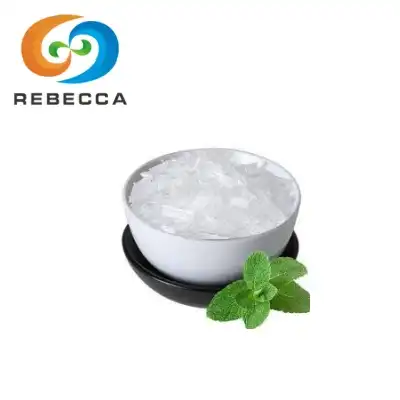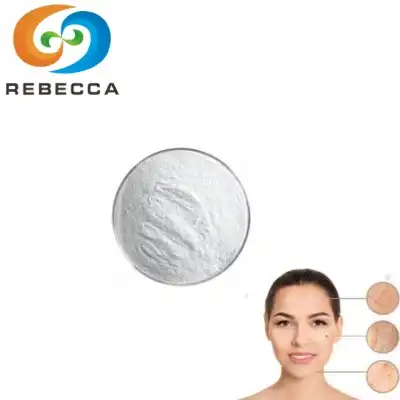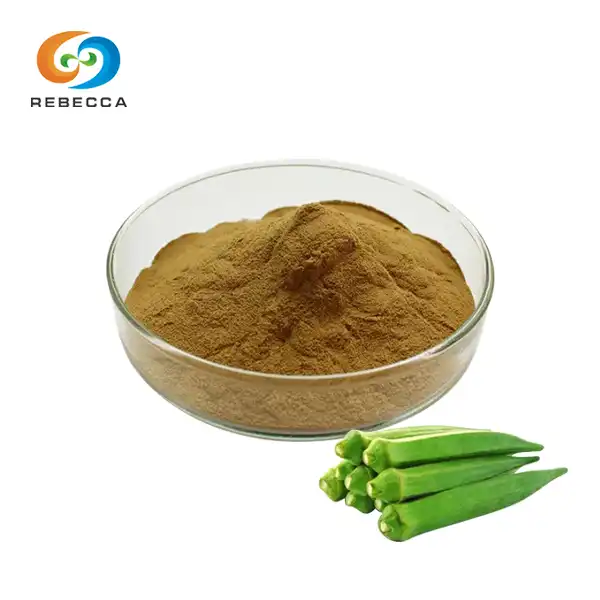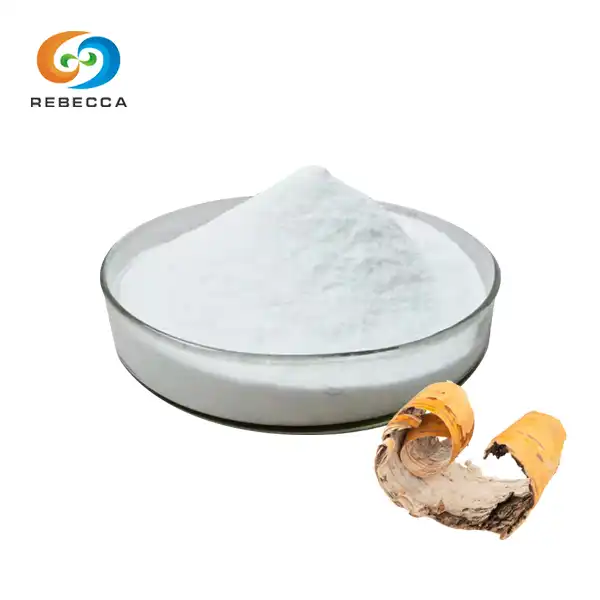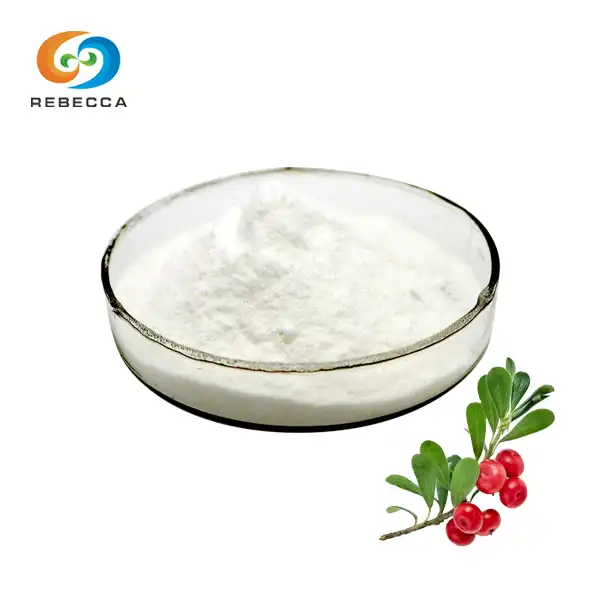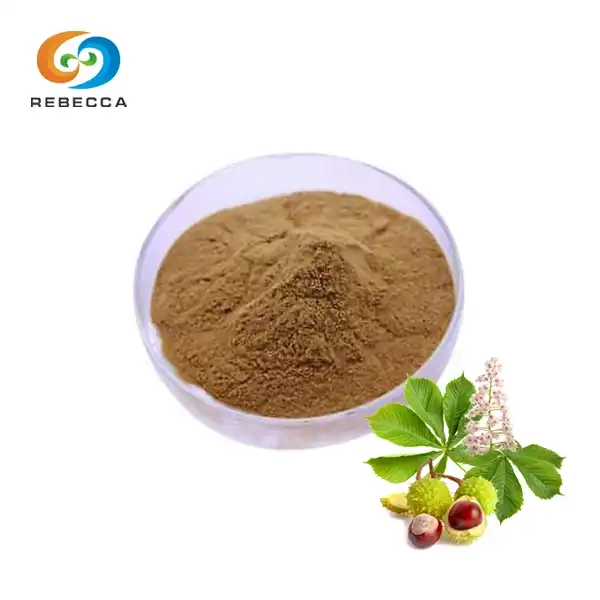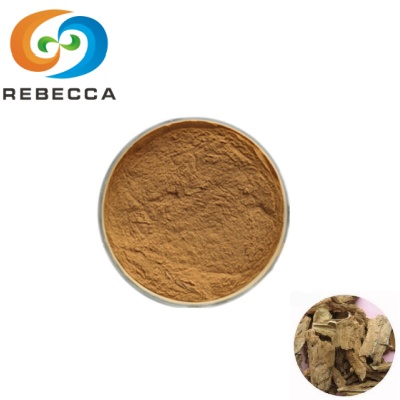Can alpha lipoic acid lighten skin?
The quest for brighter, more radiant skin has led many to explore various skincare ingredients, and alpha lipoic acid has emerged as a compelling option in the world of skin lightening. This powerful antioxidant, naturally produced by our bodies, has gained significant attention from dermatologists and skincare enthusiasts alike for its potential to address hyperpigmentation and enhance overall skin luminosity.
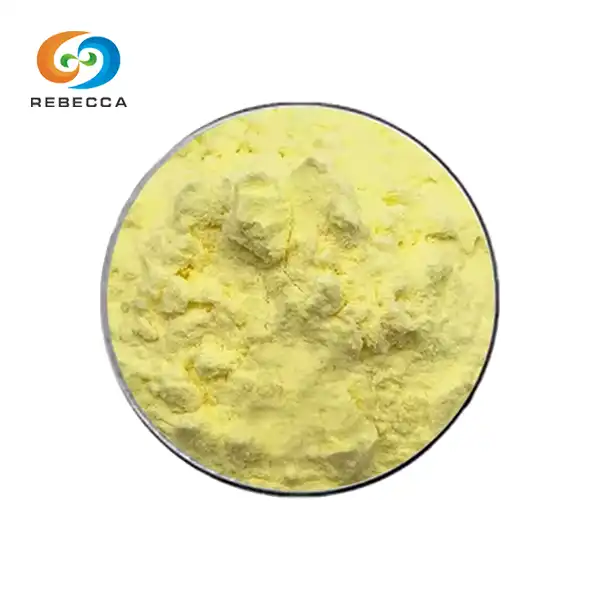
Product Name:alpha lipoic acid
CAS No.:1077-28-7
Specification:99%
Test Method:HPLC
Appearance:Light yellow to yellow powder
Fade Existing Hyperpigmentation
Hyperpigmentation occurs when melanocytes, the cells responsible for producing melanin, become overactive due to various triggers including sun exposure, hormonal changes, inflammation, or skin trauma. Alpha lipoic acid addresses this concern through its ability to modulate tyrosinase activity, the key enzyme involved in melanin synthesis. Research has demonstrated that α-lipoic acid can effectively inhibit tyrosinase function, thereby reducing the production of excess melanin that leads to dark spots, age spots, and uneven skin tone. This mechanism makes it particularly valuable for addressing post-inflammatory hyperpigmentation, which often results from acne, eczema, or other inflammatory skin conditions.
The anti-inflammatory properties of alpha lipoic acid contribute significantly to its hyperpigmentation-fighting capabilities. Chronic inflammation is a major trigger for melanin overproduction, creating a cycle where inflamed skin continues to darken over time. By reducing inflammatory markers and calming irritated skin, it helps break this cycle and prevents further pigment formation, while existing dark spots gradually fade. Clinical studies have shown that regular application of alpha lipoic acid-containing formulations can lead to visible improvements in hyperpigmentation within 8 to 12 weeks of consistent use, with some individuals noticing changes as early as 4 weeks.
Alpha lipoic acid's molecular size and lipophilic nature allow it to penetrate the stratum corneum effectively, reaching the deeper layers of the epidermis where melanocytes reside. This penetration ability is crucial for treating hyperpigmentation, as surface-level treatments often fail to address the root cause of pigment overproduction. Once absorbed, alpha lipoic acid works at the cellular level to regulate melanogenesis, the complex biological process through which melanin is produced and distributed throughout skin cells. The compound's ability to chelate metal ions, particularly copper and iron, further enhances its anti-pigmentation effects, as these metals are essential cofactors for tyrosinase activity.
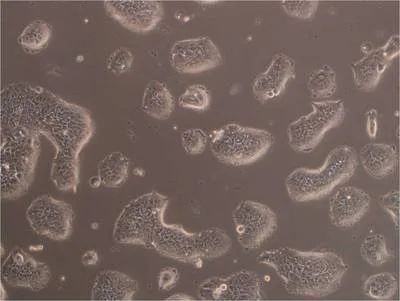
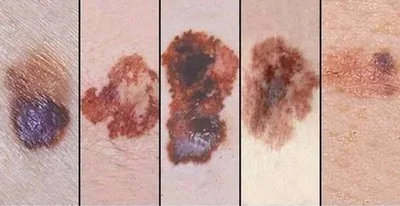
Improve Skin Radiance
Skin radiance encompasses more than just the absence of dark spots; it reflects the overall health, texture, and luminosity of the skin. Alpha lipoic acid contributes to skin radiance through its powerful antioxidant properties, which help combat free radical damage that can lead to dull, lackluster skin. Free radicals generated by environmental stressors such as UV radiation, pollution, and oxidative stress can damage cellular structures and impair the skin's natural renewal processes. By neutralizing these harmful molecules it helps preserve the integrity of skin cells and supports the natural mechanisms that maintain skin vitality and glow.
The compound's unique ability to function in both water and fat-soluble environments makes it exceptionally effective at protecting various cellular components from oxidative damage. This dual solubility allows alpha lipoic acid to work throughout different layers of the skin and within various cellular compartments, providing comprehensive protection against oxidative stress.
Collagen production and maintenance play crucial roles in skin radiance, as healthy collagen provides the structural foundation for smooth, plump, and luminous skin. Alpha lipoic acid supports collagen synthesis through multiple mechanisms, including its role in vitamin C recycling and its ability to stimulate fibroblast activity. Fibroblasts are the cells responsible for producing collagen, elastin, and other components of the extracellular matrix that give skin its strength, elasticity, and youthful appearance. Regular use can help maintain optimal collagen levels, resulting in improved skin texture, reduced fine lines, and enhanced overall radiance.
Its exfoliating properties also contribute to improved skin radiance by promoting cellular turnover and removing dead skin cells that can create a dull, uneven appearance. This gentle exfoliation reveals fresher, more vibrant skin underneath and helps skincare products penetrate more effectively. Unlike harsh chemical exfoliants that can cause irritation and inflammation, alpha lipoic acid provides gentle yet effective cell renewal support while simultaneously nourishing and protecting the skin.
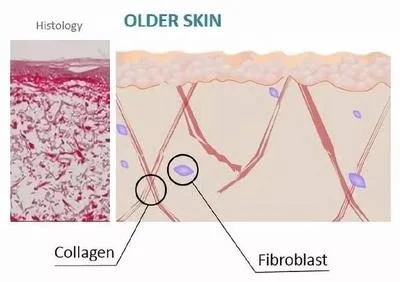

Enhance Effects Of Other Brightening Ingredients
One of the most compelling aspects of alpha lipoic acid in skincare formulations is its ability to enhance the efficacy of other brightening ingredients through synergistic interactions. When combined with vitamin C, for example, α-lipoic acid helps stabilize and regenerate the vitamin C molecule, extending its activity and improving its skin-lightening effects. Vitamin C is notorious for its instability and tendency to oxidize when exposed to light, air, or heat, which can significantly reduce its effectiveness in skincare products. Alpha lipoic acid acts as a protective agent, helping to maintain vitamin C in its active form and ensuring consistent delivery of its benefits to the skin.
The combination of α-lipoic acid with hydroquinone, although requiring careful consideration due to hydroquinone's potential side effects, has shown promise in clinical applications for treating stubborn hyperpigmentation. Alpha lipoic acid can help buffer some of the irritating effects of hydroquinone while potentially enhancing its melanin-inhibiting properties. This combination approach allows for more effective treatment of severe hyperpigmentation cases while minimizing the risk of adverse reactions. However, such combinations should always be used under professional supervision to ensure safety and optimal results.
Kojic acid, another popular skin-lightening ingredient derived from fungi, works synergistically with alpha lipoic acid to provide enhanced melanin inhibition. While kojic acid primarily works by chelating copper ions necessary for tyrosinase activity, α-lipoic acid provides additional antioxidant protection and anti-inflammatory benefits that complement kojic acid's mechanism of action. This combination approach targets hyperpigmentation through multiple pathways, often resulting in more comprehensive and faster results than using either ingredient alone.
Niacinamide, the active form of vitamin B3, pairs exceptionally well with alpha lipoic acid to address multiple skin concerns simultaneously. While niacinamide helps regulate sebum production, improve skin barrier function, and reduce inflammation, α-lipoic acid provides powerful antioxidant protection and melanin regulation. Together, these ingredients create a comprehensive approach to skin improvement that addresses not only hyperpigmentation but also overall skin health, texture, and appearance. The combination is particularly beneficial for individuals with acne-prone skin who also struggle with post-inflammatory hyperpigmentation.
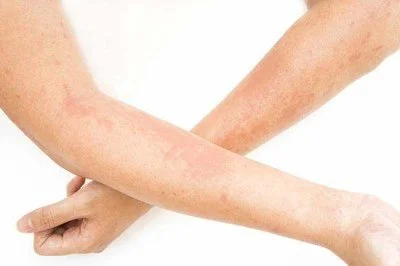
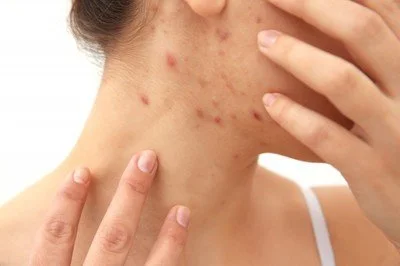
Rebecca: China Alpha Lipoic Acid Supplier
As a trusted manufacturer and supplier of premium alpha lipoic acid, Rebecca Bio-Tech is committed to providing high-quality ingredients that meet the demanding standards of the cosmetics and pharmaceutical industries. Our products undergo rigorous quality control testing to ensure purity, potency, and consistency in every batch we produce.
Our α-lipoic acid specifications include a purity level of 99% as determined by HPLC testing methods, with the compound appearing as a light yellow to yellow powder that meets international quality standards. The CAS number 1077-28-7 ensures proper identification and traceability of our product, giving you confidence in the authenticity and quality of the material you receive.
Whether you're developing skincare formulations, dietary supplements, or pharmaceutical applications, Rebecca Bio-Tech offers reliable supply chains, competitive pricing, and exceptional customer service to support your product development goals. Our technical team is available to provide guidance on formulation considerations, stability testing, and regulatory compliance to help ensure your products meet the highest standards of quality and efficacy.
Ready to incorporate high-quality products into your formulations? Contact our experienced team today at information@sxrebecca.com to discuss your specific requirements, request samples, or place an order. We look forward to partnering with you to bring innovative, effective products to market.
References
Journal of Cosmetic Dermatology
International Journal of Cosmetic Science
Clinical, Cosmetic and Investigational Dermatology
